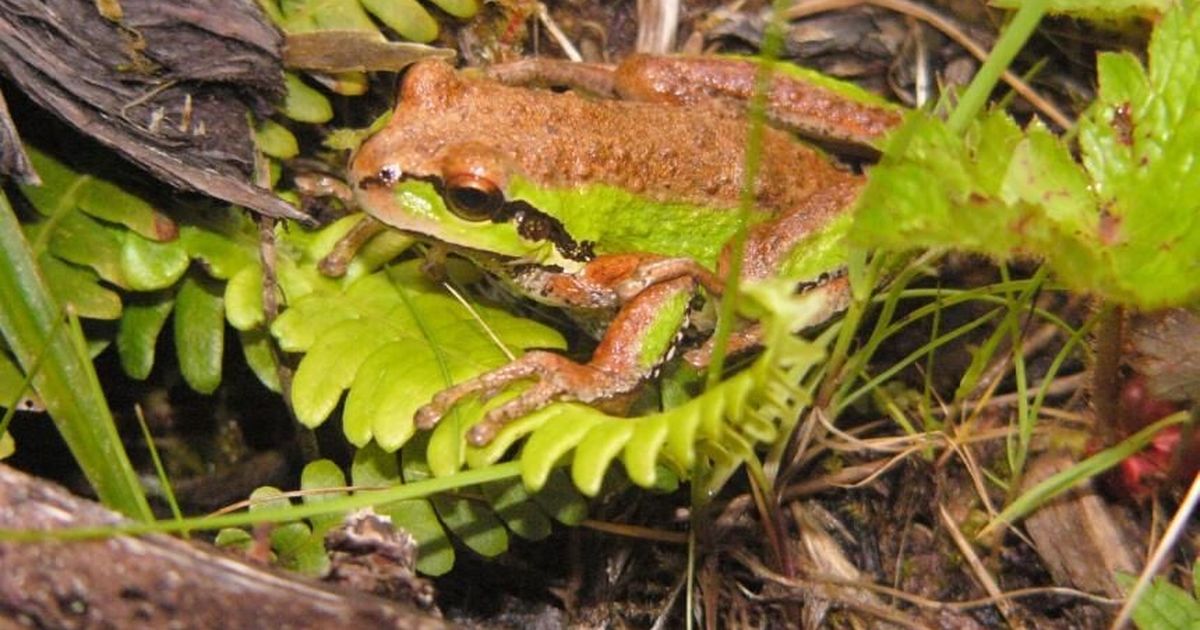One of the things I love about fall is the chance to sit in the cooler garden and just listen and observe.
From my chair under the maple tree, I can see the birds coming and going from the birdfeeder and bouncing from flower to flower looking for seeds. If my sitting time is close to the end of the day, I hear them gathering in nearby trees for the night. It’s mostly juncos, nuthatches and finches now, the hummingbirds and robins left at the end of August for their wintering grounds.
Beyond the birds, the squirrels are chattering amongst themselves from various places around the yard. We lost most of our squirrels earlier in the year probably to a hawk or owl looking for lunch to feed their babies in the spring. My daughter who lives just up the hill from us had three owls hanging around her yard at about the same time. Fortunately, one of casualties was the squirrel that had learned to jump from a wall 3 feet to the hanging bird feeder. New residents, however, quickly filled the vacuum.
The new residents wasted no time searching out pine cones and chewing them down to nubbins. They filled their cheek pouches with the booty and then proceeded to dig random holes and bury their prizes. Research has shown that squirrels rarely recover more than a small fraction of the seeds they bury. Now you know why that pine or maple tree comes up in your yard when the closest tree is four doors down. In past years when pine cones have been more abundant, I was finding piles of pine cone bracts or squirrel “middens” everywhere.
In the evening, I’ve enjoyed the night choruses of crickets and tree frogs. I use the term “cricket” loosely here because in researching the topic I found that Eastern Washington is home to more than a dozen crickets, katydids and grasshoppers. Crickets rub together structures on their wings to produce their call, while male grasshoppers produce sound by rubbing a hind leg against a forewing. Katydids make sound by rubbing their forewings together. Temperature affects how frequently the insects make their chirp. The warmer it is, the faster they chirp and the colder, the slower. By this time of year, with evening temperatures into the 50s, the chirp is a long, slow sound that says to me nature is slowing down for the year.
For their size, tree frogs can kick out a loud call that carries a long way. The Pacific treefrog, the most common tree frog in the Northwest, is barely 2 inches long with smooth brownish to green skin and toe pads that let it climb smooth surfaces. It hangs out in moist areas of natural and urban landscapes. This time of year, the adults make a single “crek-ek,” call. I have one that lives right under my window this year and I’m hoping he/she didn’t hitchhike into the house last weekend when we brought in the houseplants.










